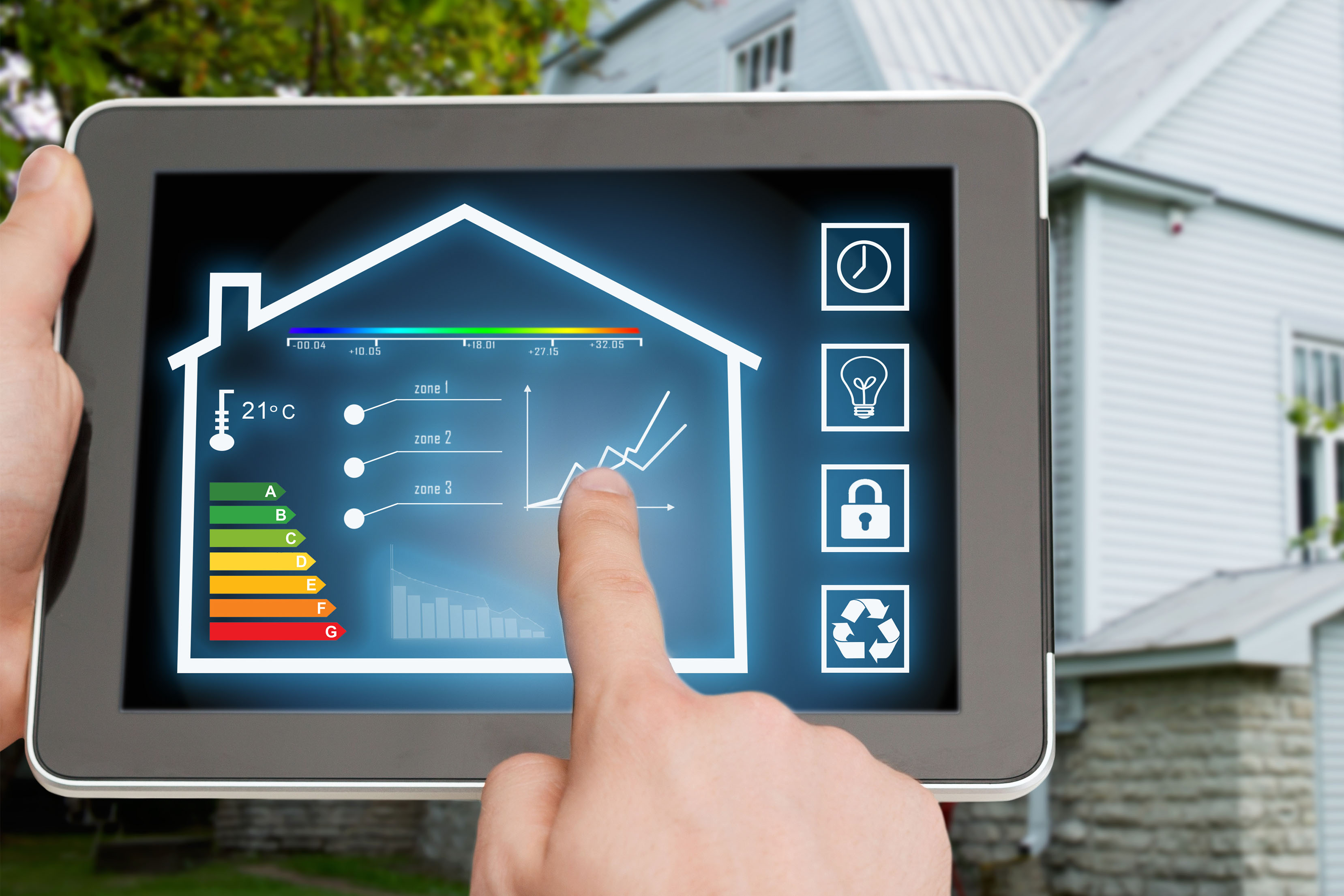Saving Energy with Stormdry
As energy costs rise amid climate change concerns, lowering household energy consumption is a priority for many. Stormdry Masonry Protection Cream reduces the thermal conductivity of bricks by protecting them from moisture.
Simply put, a dry wall is a warm wall. When walls retain more heat, houses stay warmer for longer. This reduces the reliance on central heating, which leads to lowered energy bills and reduced household carbon footprints.
Stormdry Masonry Protection Cream has been rigorously tested to ensure that it performs as it should.
Lucideon tested

Safeguard Europe took Stormdry Masonry Protection Cream to a UKAS accredited materials testing and analysis laboratory to put it through its paces. Safeguard’s R&D team placed a wall in a hygrothermal chamber and subjected it to intense weathering and temperature cycles to simulate years of real-world weathering.
The wall was partially coated with Stormdry and partially left bare. Lucideon found that Stormdry “showed no deterioration in performance or aesthetic appearance after accelerated weathering correlating to in excess of 25 years.” It passed two quality standards: European Technical Approval Guidelines 034:2012 for thermal insulation products for building applications and British Standard EN 16383:2016 for the determination of hygrothermal behaviour.
While the uncoated section of the wall suffered from spalling brickwork, the Stormdry coated side of the wall did not show any signs of spalling or cracking. There were no signs of frost damage present on the Stormdry coated side of the wall.
During rainfall, Lucideon found that the Stormdry coated side of the wall lost 4°C less heat than the uncoated side.
While testing Stormdry’s waterproofing abilities, Lucideon also tracked its vapour permeability. This is commonly referred to as breathability. This refers to the ability of gases to pass through the substrate. It passed the British Standard EN ISO 7783:2011 for water vapour diffusion, stating that Stormdry “had little effect on the water vapour diffusion of the brick substrate”.
Carbon Savings estimates

The Manufacturing Advisory Board South East and Giraffe Innovation, in collaboration with Safeguard Europe, calculated the estimated annual carbon savings of a home following Stormdry application.
The average untreated house uses around 7,060 kg of CO2e per year. The report estimated that a Stormdry-treated solid brick home would use 5,148 to 6,424 CO2e annually, depending on weather conditions.
The application of Stormdry potentially leads to a decrease of 635 kg to 1,912 kg CO2e annually compared to an untreated solid brick house.
- CO2e is a scientific measurement used to compare greenhouse gas emissions by their global warming contributions.
The carbon footprint of Stormdry application becomes neutral approximately one month after application due to lowered heating usage.
MHCLG reporting

In July 2019, the Ministry of Housing, Communities & Local Government (MHCLG) of the UK government named Stormdry Protection Cream as an Insulation Protection Measure as part of their report ‘Using Numerical Simulation to Assess Moisture Risk in Retrofit Constructions’.
Using WUFI modelling, they simulated the moisture content and relative humidity of a solid wall with retrofitted internal wall insulation with and without Stormdry Masonry Cream. They tested these under a variety of weather conditions, based on data from October 2015 to October 2020. As well as using Stormdry Masonry Cream, they also modelled a combination of alternate measures. These included:
- Reducing insulation material thickness
- Bricks with varying levels of porosity
- Foil layers on one and both sides of the insulation layer
- An air gap behind the internal insulation
- Application of Stormdry Brick Cream
The report found that “the only additional measure that makes a significant enough difference to improve the status of the modelled cases is the addition of the brick cream layer.”
Named in BEISS-commissioned report on effective brick waterproofing measures

The Department for Business, Energy and Industrial Strategy (BEISS) commissioned a report from University College London (UCL) and the Building Research Establishment (BRE). This investigation aimed to identify the best masonry waterproofing treatments currently on the market. UCL and BRE performed 3 different tests to measure ‘the uptake and release of moisture by the masonry’. These tested Stormdry’s abilities to:
- Absorb water
- Allow water vapour to permeate through the substrate
- Keep the substrate dry
They used three different bricks of varying porosity levels, using Stormdry-treated and untreated samples.
Domestic Minimum Energy Efficiency Standard

The Domestic Minimum Energy Efficiency Standard was initially established in 2015 to help meet the Government’s carbon reduction targets for 2050. It was aimed at tackling older buildings that are rented out that hold the lowest Energy Performance Certificates. Estimates from 2018 Government research found that 18% of commercial properties held F or G EPC Ratings. This new standard made letting out F and G-rated properties illegal, mandating that private and public landlords must upgrade the energy performance of their properties to meet the new bar of acceptability. Once given, these are valid for 10 years.
Energy Performance Certificates are rated based on:
- Energy used per m²
- Carbon Dioxide emissions in tonnes per year
Simply put, the higher your EPC, the lower the running costs for your home is likely to be. Every element of the home is assessed, from the types of light bulbs used to the insulation installed and types of window and door frame, as well as the construction of the home itself. Some older homes, especially solid wall properties, find it difficult to upgrade the energy efficiency of their home without resorting to life-disruptive measures like internal wall insulation and cavity wall insulation.
EWI may cost between £8,000 and £22,000, depending on the type and size of property and IWI from £4,000 to £13,000. While Stormdry cannot out-perform insulation, Stormdry’s £20 per m² application cost makes it a compelling option.